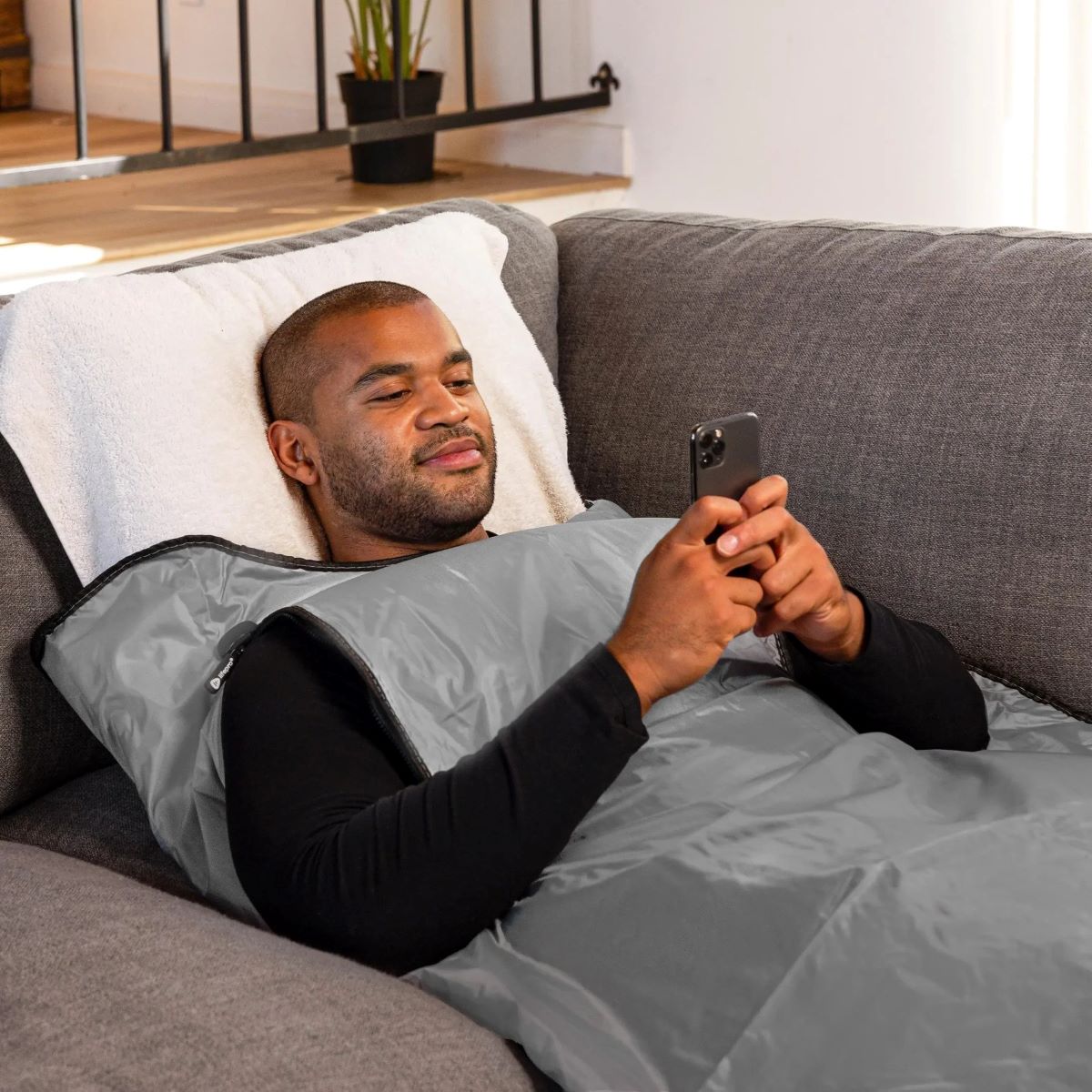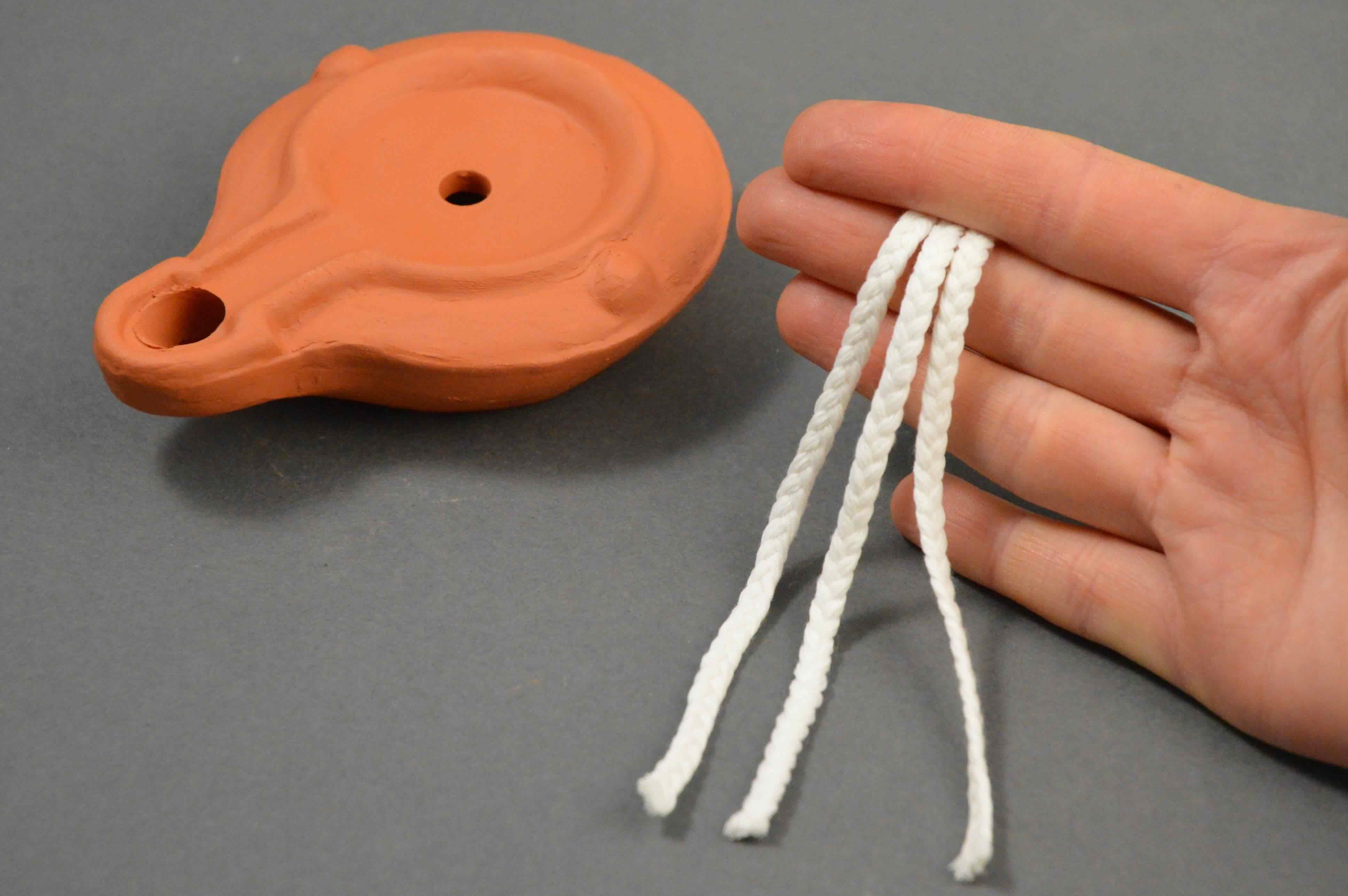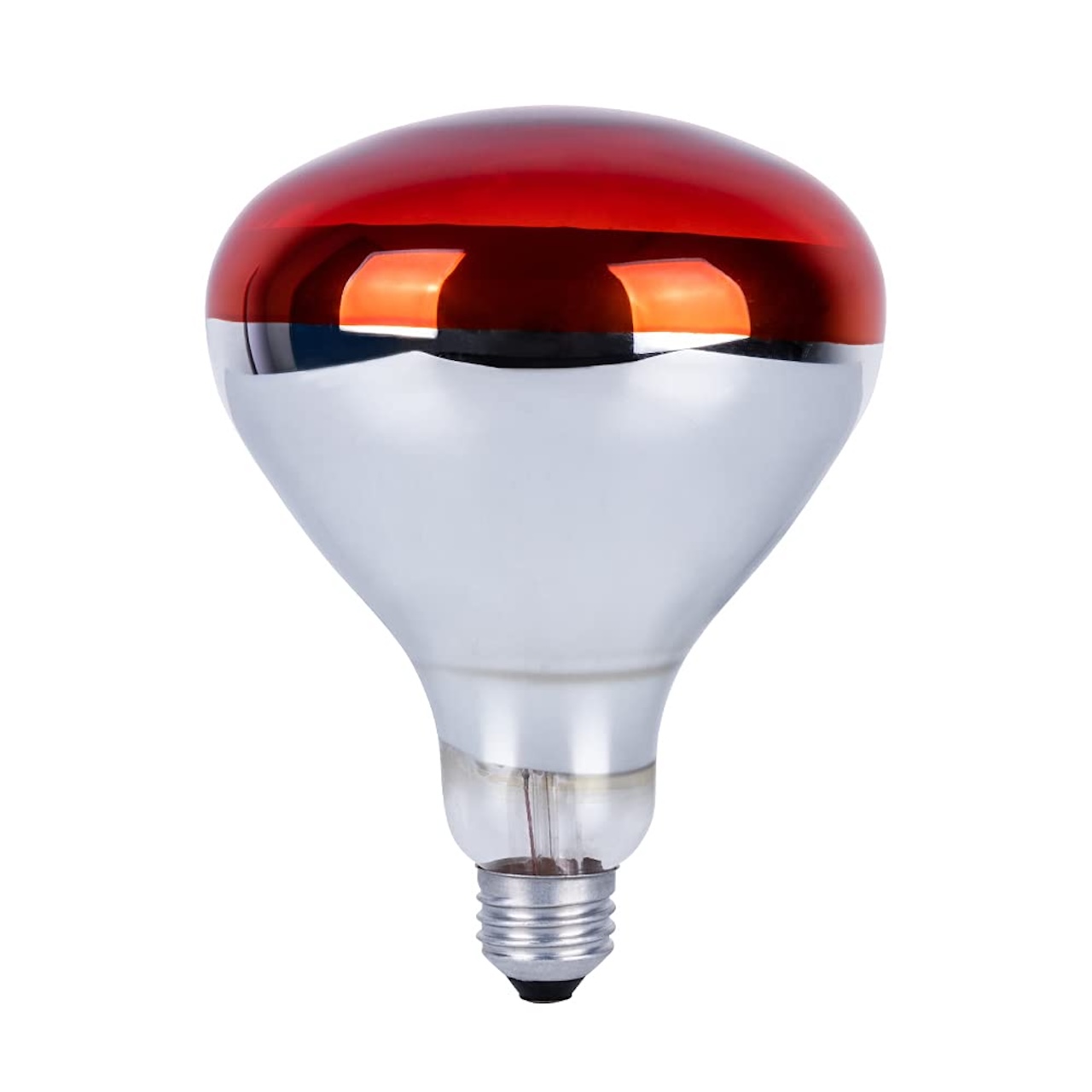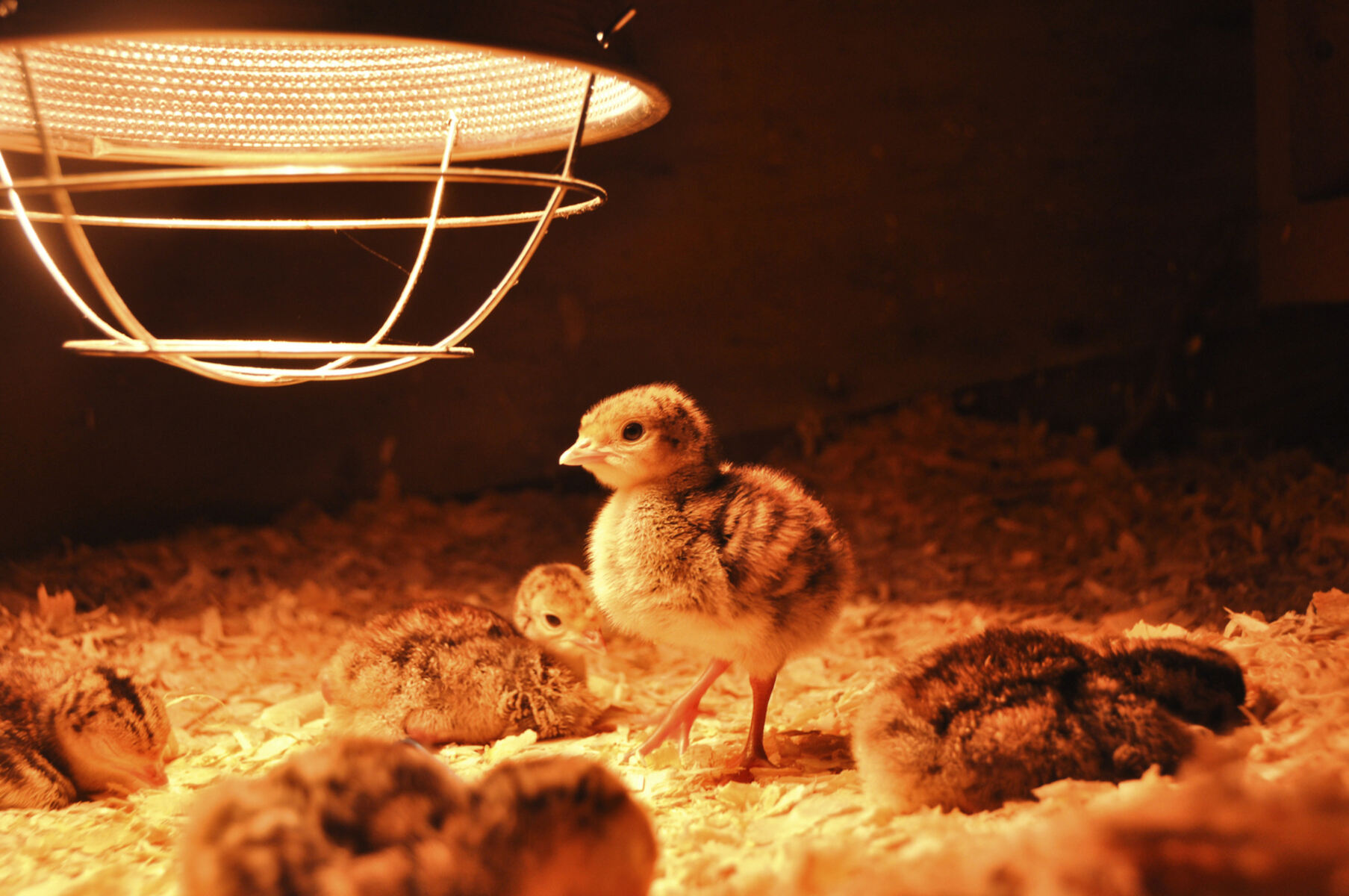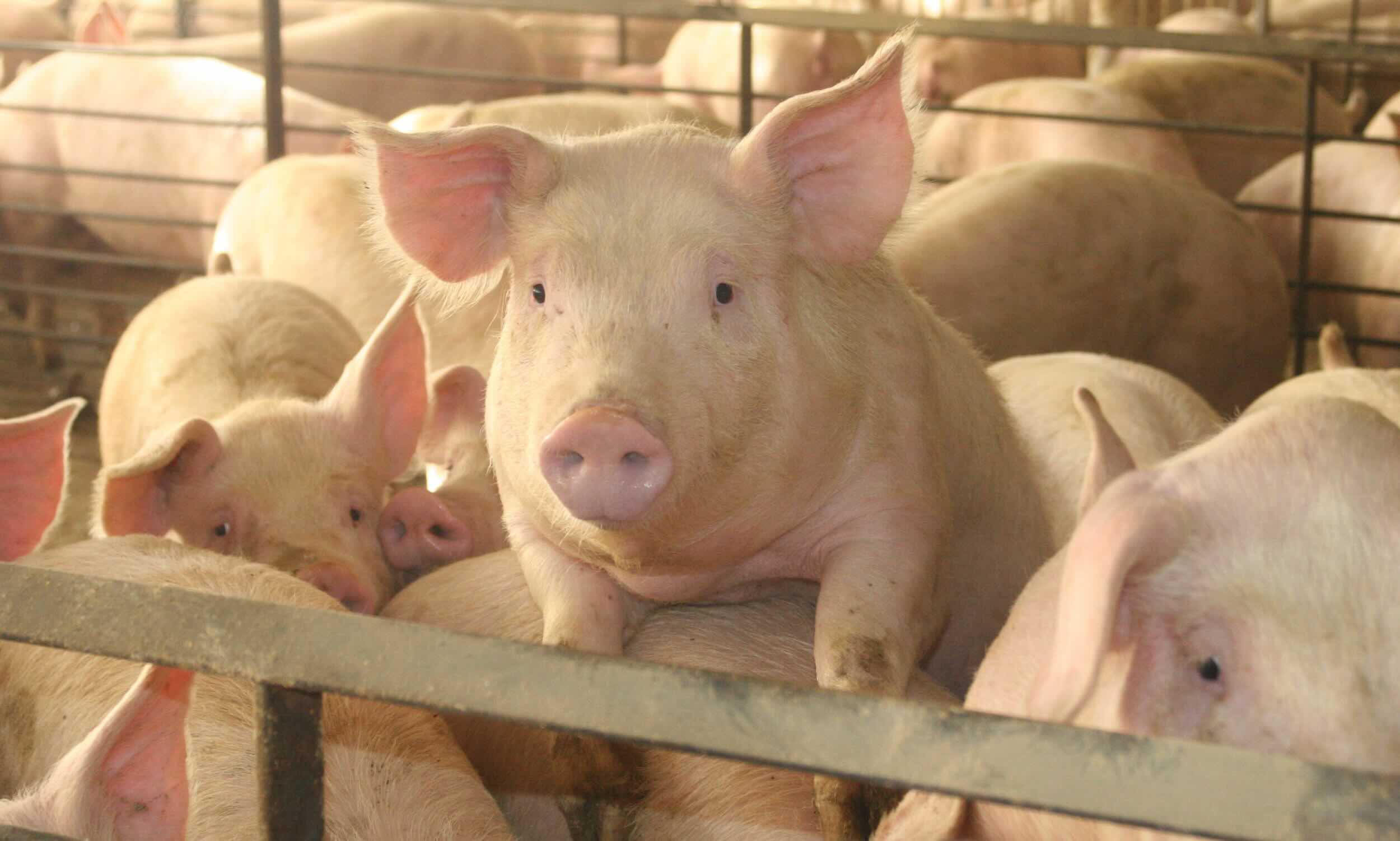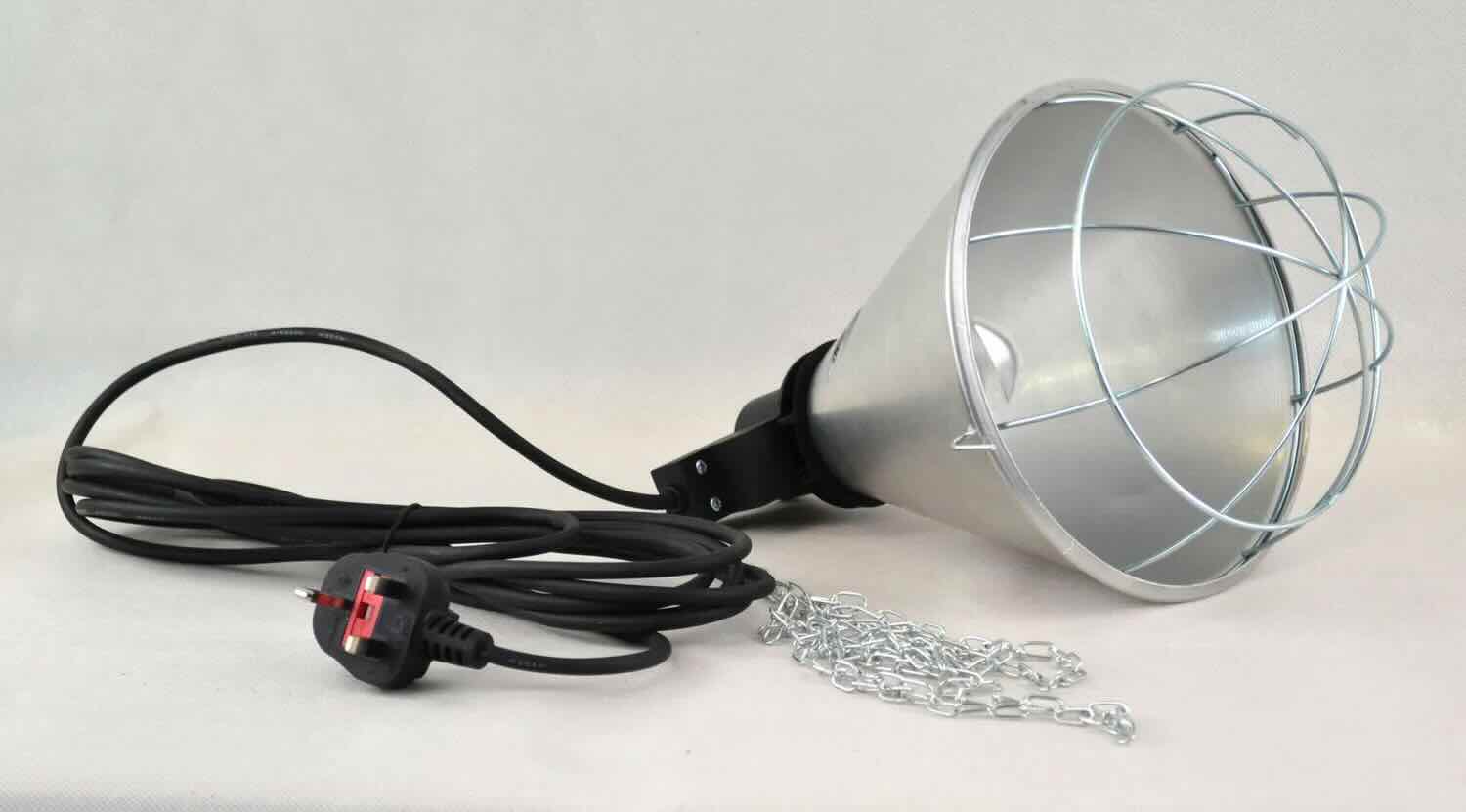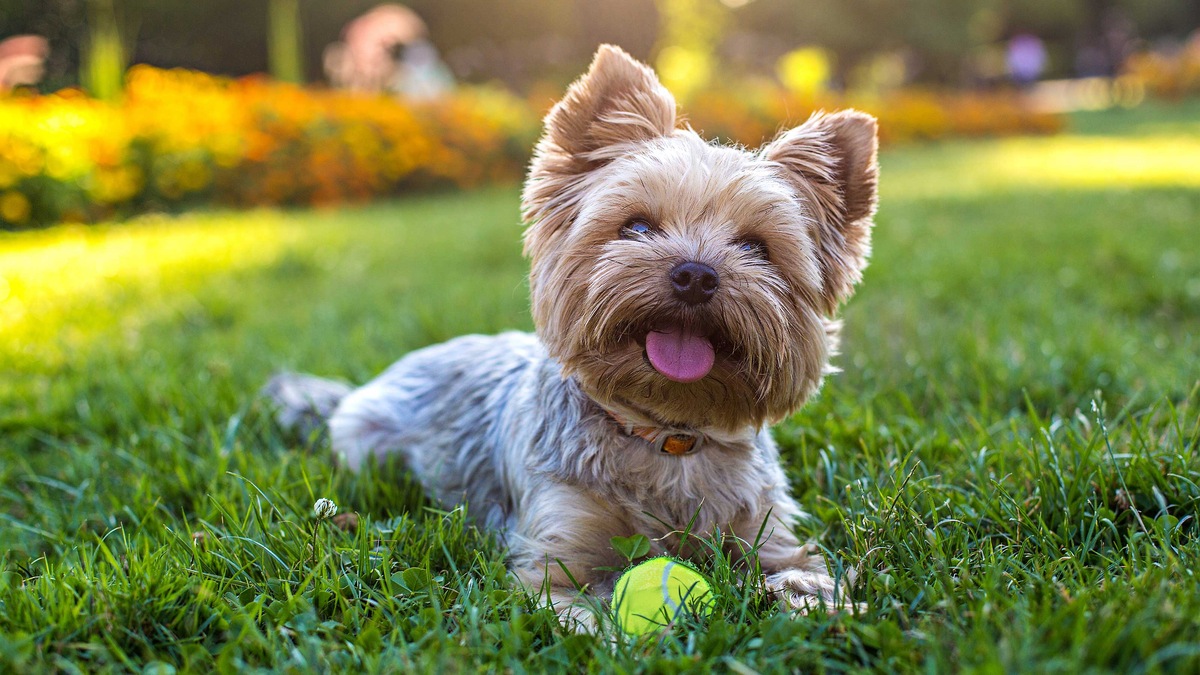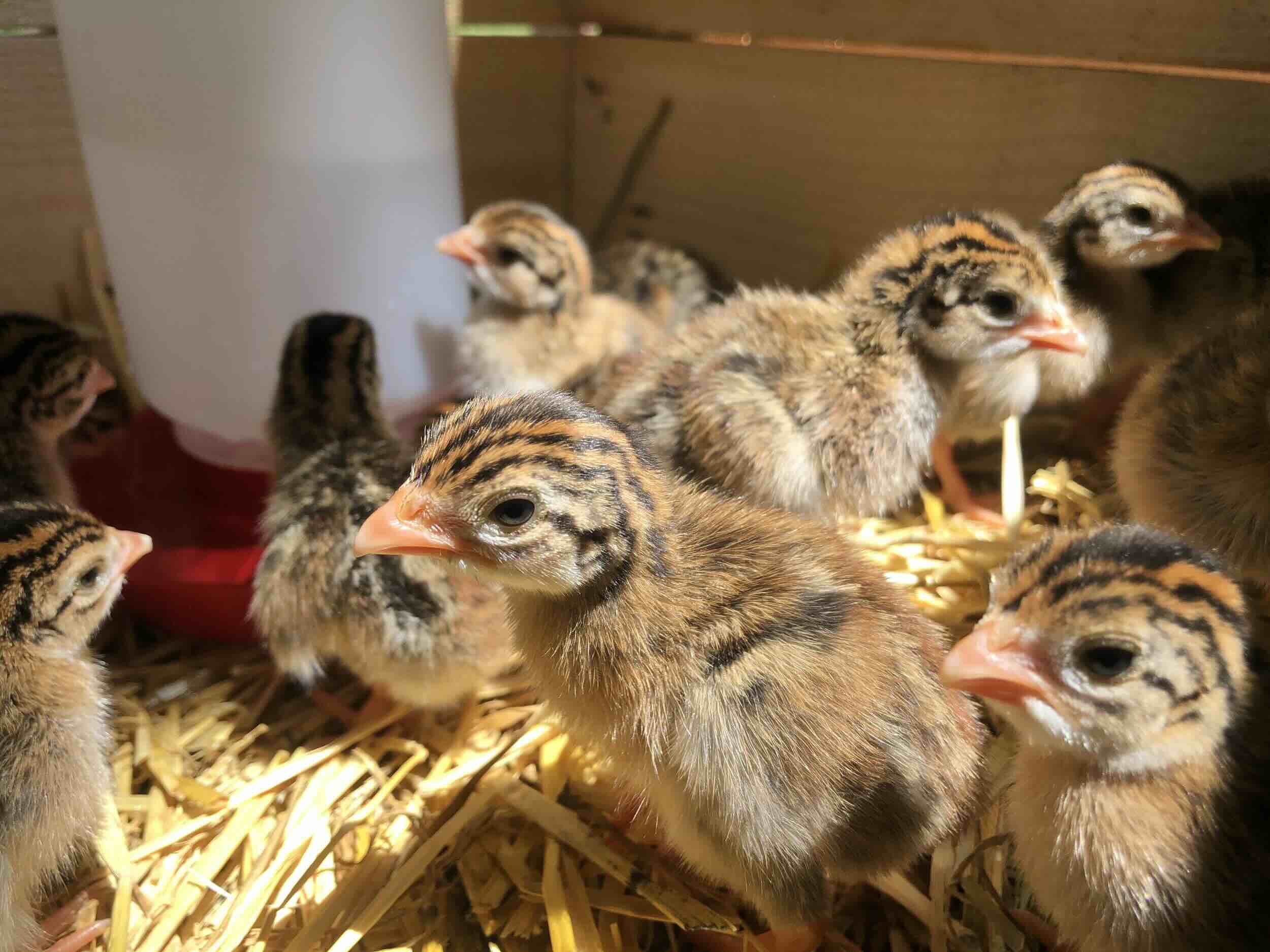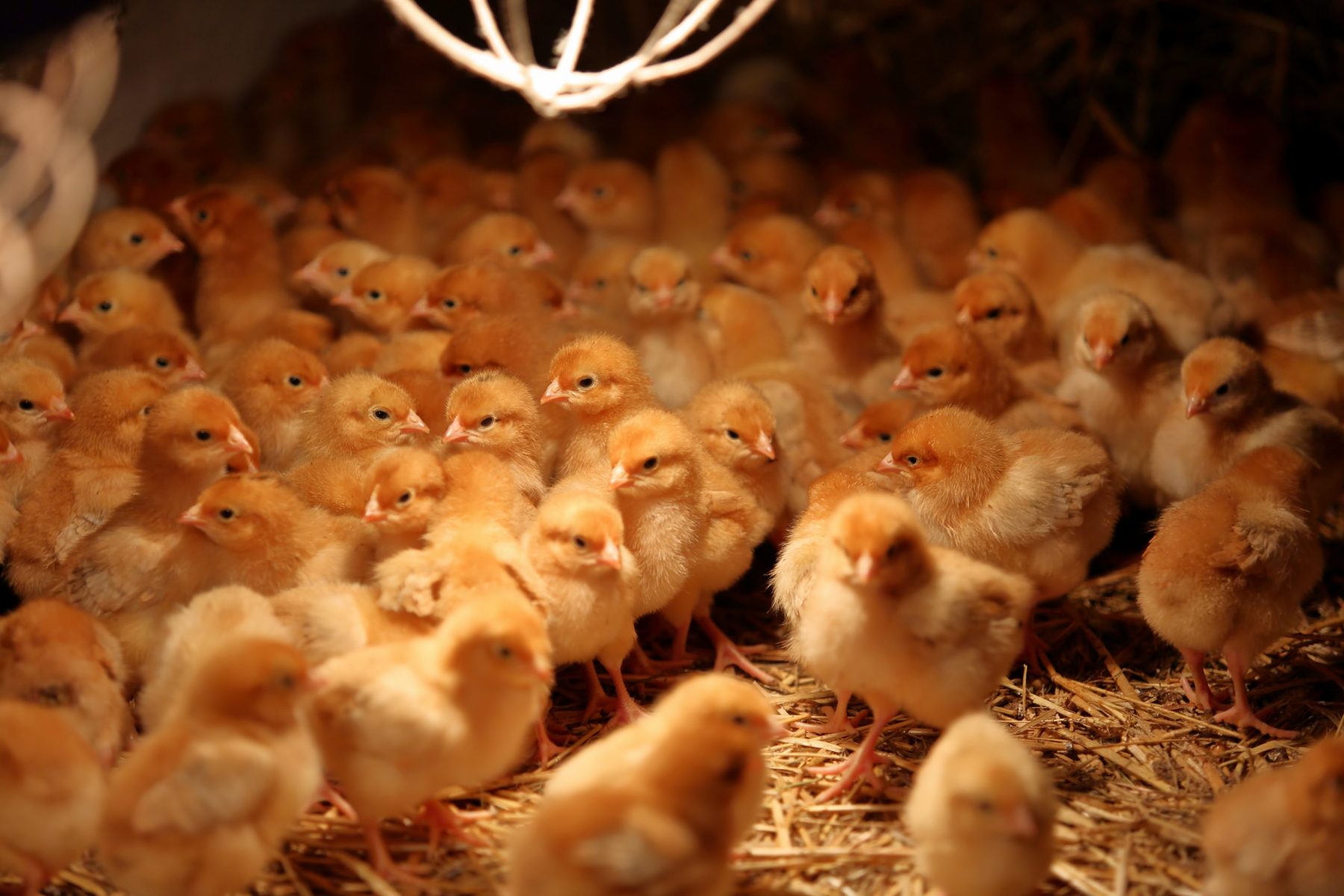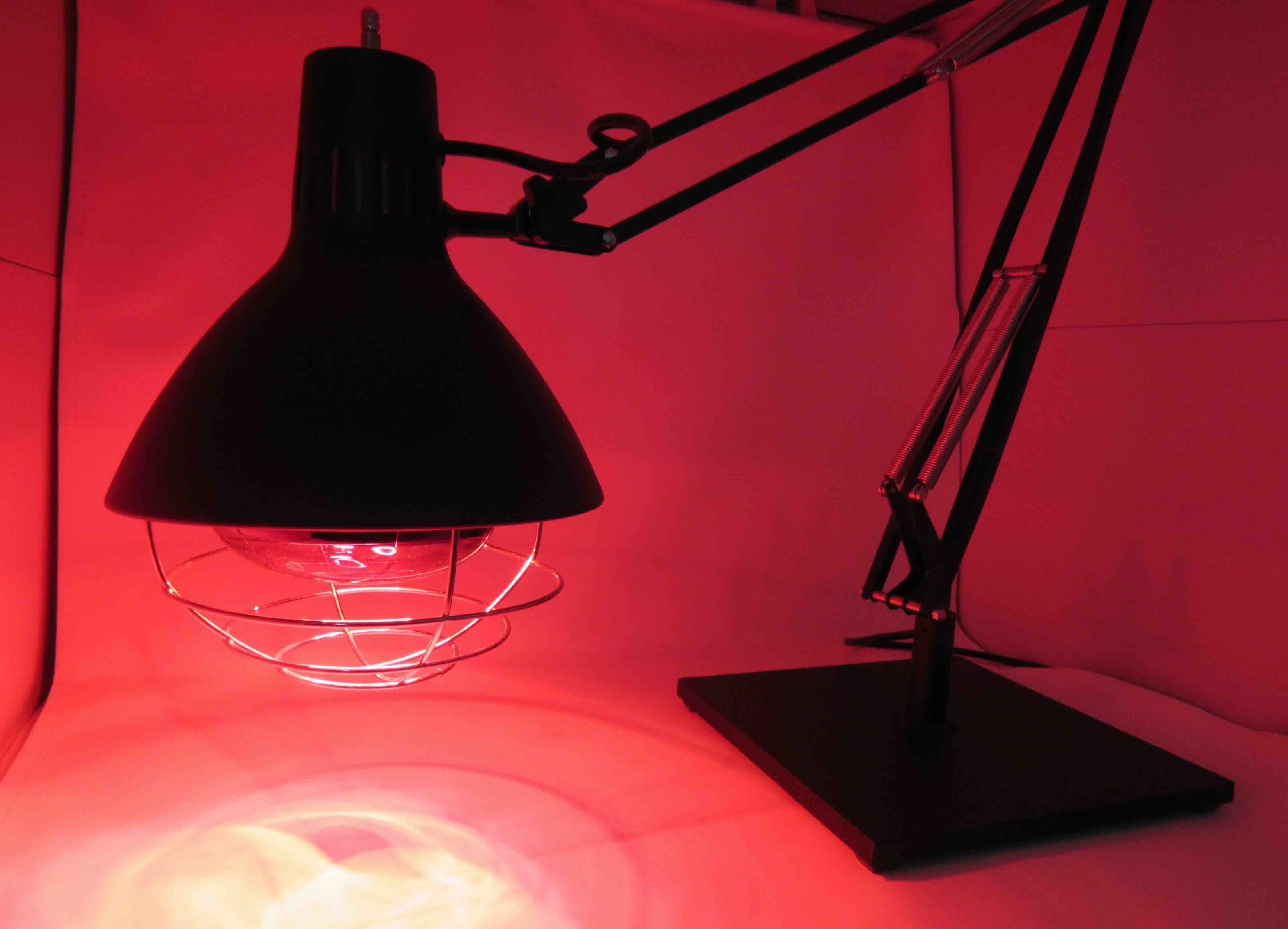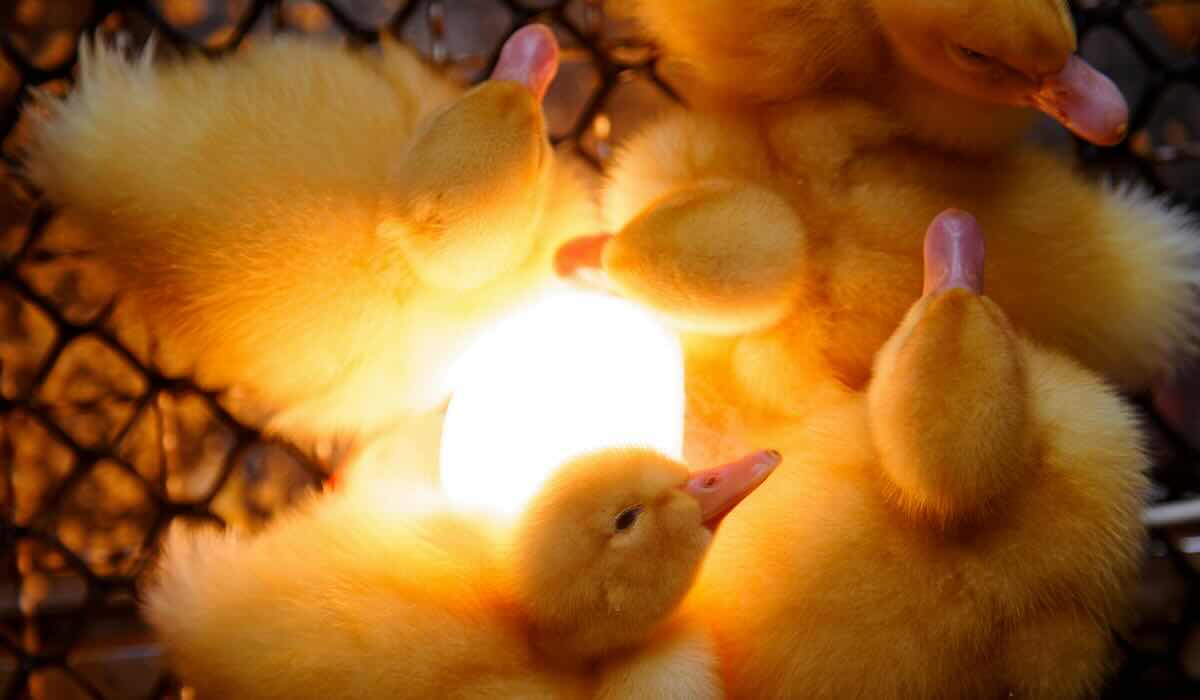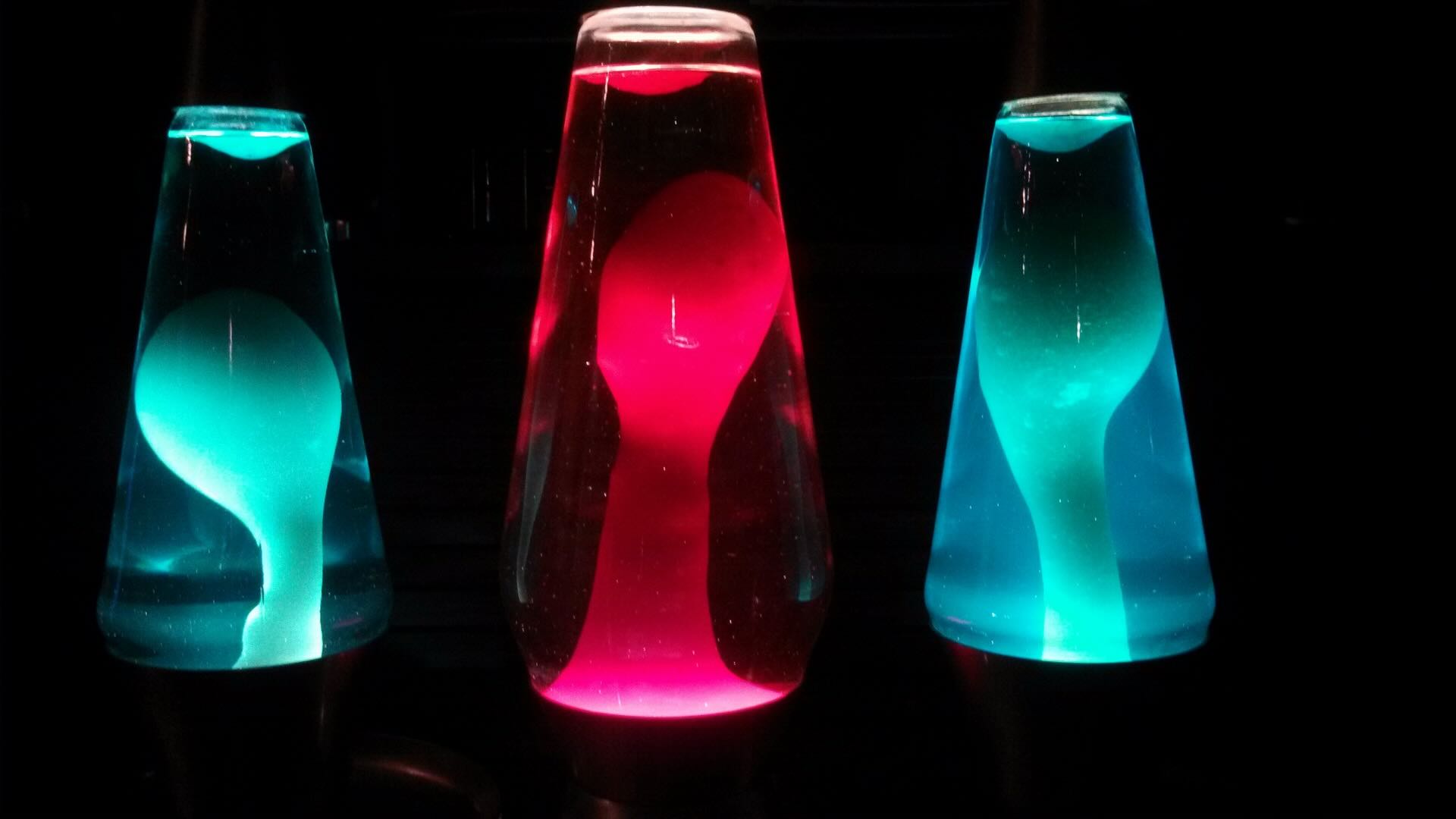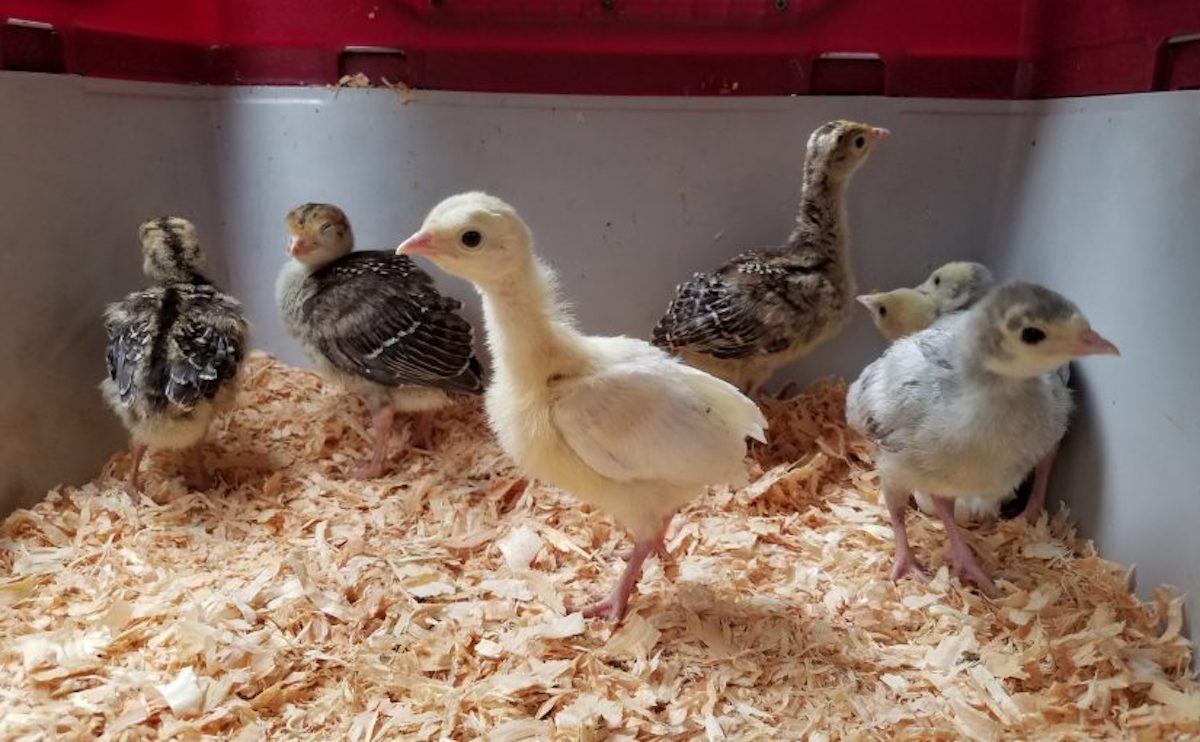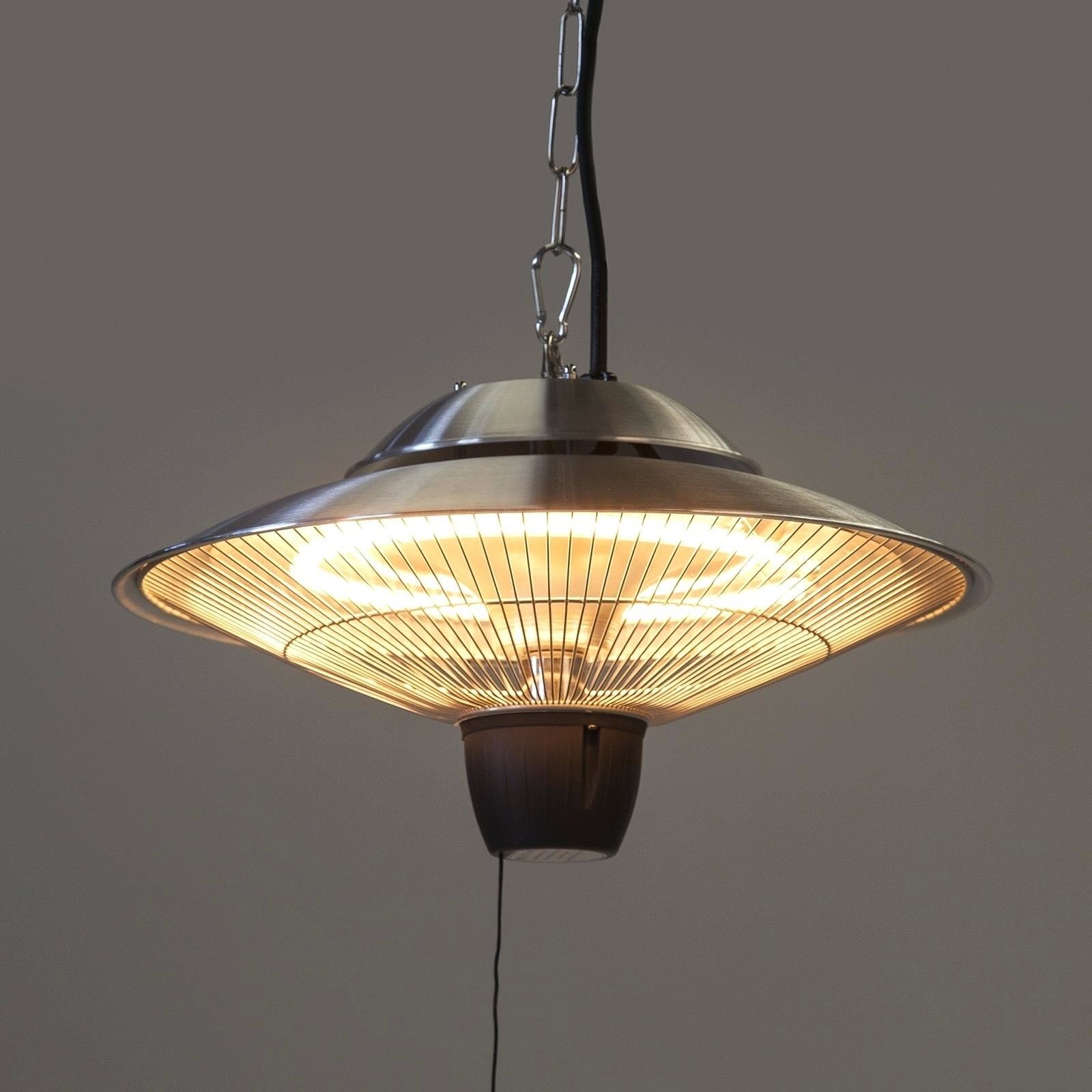Home>Furniture>How Long Should Puppies Stay Under A Heat Lamp
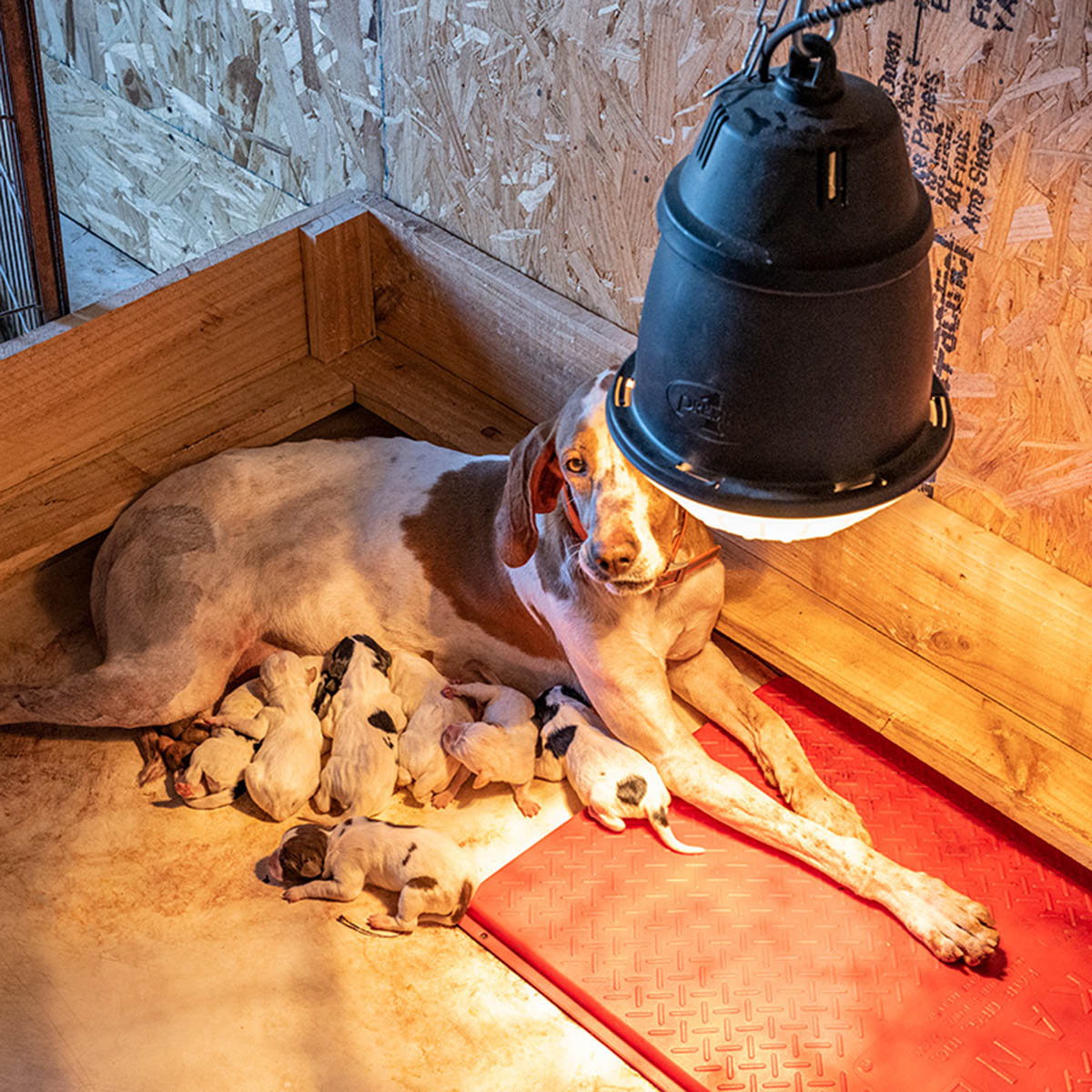

Furniture
How Long Should Puppies Stay Under A Heat Lamp
Modified: December 7, 2023
Learn how long puppies should stay under a heat lamp to ensure their comfort and safety. Discover the best furniture options for creating a warm and cozy environment.
(Many of the links in this article redirect to a specific reviewed product. Your purchase of these products through affiliate links helps to generate commission for Storables.com, at no extra cost. Learn more)
Introduction
Welcome to our comprehensive guide on how long puppies should stay under a heat lamp. As a responsible pet owner, it is crucial to ensure that our furry friends are provided with the necessary warmth and comfort, especially during their early stages of life. Heat lamps can play a vital role in providing puppies with the right amount of heat required to keep them healthy and thriving.
In this article, we will delve into the importance of heat for puppies and discuss the factors to consider when using a heat lamp. We will also explore the optimal temperature for puppies under a heat lamp and determine the ideal duration of time they should spend under it. Additionally, we will outline the signs of overheating in puppies and provide tips for using a heat lamp safely and effectively.
Whether you are a new puppy owner or an experienced pet lover, this guide will equip you with the knowledge you need to ensure the well-being of your adorable little companions. So, let’s dive in and learn more about how to create a warm and nurturing environment for your puppies!
Key Takeaways:
- Providing puppies with the right amount of heat is crucial for their physical, emotional, and psychological well-being. A heat lamp can create a warm and nurturing environment, supporting their growth and development.
- It’s essential to monitor puppies’ behavior and gradually reduce their reliance on a heat lamp as they grow older. Safety measures, such as choosing a quality heat lamp and consulting a veterinarian, are vital for creating a comfortable and secure space for puppies.
Read more: How Long Should You Stay Under A Hair Dryer
Importance of Heat for Puppies
Heat is an essential factor in maintaining the health and well-being of puppies, particularly during their early stages of life. Newborn puppies are unable to regulate their body temperature effectively, which makes them highly susceptible to hypothermia. Providing a warm and comfortable environment is crucial for their survival and development.
When puppies are kept in a consistently warm environment, it helps to stimulate their metabolism and aids in digestion, ensuring proper nutrient absorption for healthy growth. Adequate heat also helps to promote better sleep patterns, as puppies tend to sleep more soundly when they are warm and cozy.
Furthermore, puppies rely heavily on heat for their body’s immune system to function optimally. The warmth helps to improve blood circulation, leading to enhanced oxygen flow and nutrient delivery to different organs and tissues. This, in turn, strengthens their immune system and helps to ward off illnesses and diseases.
In addition to physical well-being, heat plays a vital role in the emotional and psychological development of puppies. Just like human infants, puppies derive comfort and security from warmth. It mimics the feeling of being nestled close to their mother and littermates, creating a sense of safety and familiarity.
Providing an adequate heat source, such as a heat lamp, ensures that puppies feel secure and content, which has a positive impact on their overall temperament and socialization skills. A warm and comfortable environment allows them to focus on exploring and learning, setting them up for a healthy and confident start in life.
In summary, the importance of heat for puppies cannot be overstated. It is vital for their physical, emotional, and psychological well-being. By providing a warm and nurturing environment, we can help puppies thrive and grow into happy and healthy adult dogs.
Factors to Consider When Using a Heat Lamp for Puppies
While heat lamps can be a valuable tool in providing warmth for puppies, it is essential to consider several factors to ensure their safety and well-being. Here are some key considerations when using a heat lamp for puppies:
- Temperature control: Choose a heat lamp that allows you to regulate and maintain a consistent temperature. Puppies require a warm but not overly hot environment. A temperature range of 75-85°F (24-29°C) is generally suitable.
- Distance and positioning: Position the heat lamp at an appropriate height and distance from the puppies. Too close can result in overheating, while too far away may not provide enough heat. The ideal distance is around 18-24 inches (45-60 cm) from the puppies’ sleeping area.
- Observe behaviors: Monitor the puppies’ behavior closely to gauge their comfort level. If they seem too hot, they may move away from the heat source or pant excessively. If they appear too cold, they may huddle together or shiver.
- Avoid drafts: Ensure that the area surrounding the heat lamp is draft-free. Drafts can disrupt the temperature regulation and make the puppies more susceptible to chilling.
- Type of heat source: Choose a heat lamp that uses a safe and reliable heat source, such as a heating pad, ceramic bulb, or infrared lamp. Avoid using conventional incandescent bulbs, as they can become too hot and increase the risk of burns or overheating.
- Fire hazard prevention: Place the heat lamp in a secure and stable position, away from any flammable materials or bedding. Regularly check the wiring and ensure there are no loose or frayed cords that could pose a fire hazard.
- Gradual weaning off heat: As puppies grow, they will gradually become more capable of regulating their body temperature. Gradually reduce the reliance on the heat lamp as they become more active and develop a healthy coat.
Remember, the safety and comfort of the puppies should always be the top priority when using a heat lamp. By considering these factors and closely monitoring their behaviors, you can provide a warm and secure environment that promotes their well-being and development.
Optimal Temperature for Puppies Under a Heat Lamp
When using a heat lamp to provide warmth for puppies, maintaining an optimal temperature is crucial to their well-being. Puppies require a warm environment, but it is important to strike the right balance and avoid overheating. Here are some guidelines for the optimal temperature under a heat lamp:
The recommended temperature for puppies under a heat lamp is between 75-85°F (24-29°C). This temperature range closely resembles the warmth they would experience with their mother and littermates. It provides them with a comfortable and cozy environment that promotes their growth and development.
Keep a thermometer near the puppies’ sleeping area to monitor the temperature accurately. This will help you make any necessary adjustments to maintain a consistent heat level.
It is important to remember that different breeds and individual puppies may have varying temperature preferences. Some puppies may naturally seek warmer spots, while others may be more comfortable with slightly lower temperatures. Observe the puppies’ behavior and adjust the heat lamp accordingly to ensure their comfort.
Avoid placing the heat lamp directly over the puppies’ sleeping area. Instead, position it off to the side or at one end of the enclosure. This allows the puppies to move closer to or away from the heat source as needed. Providing a variety of temperature zones within the enclosure gives them the freedom to regulate their own body temperature.
Regularly monitor the puppies’ behavior and adjust the temperature accordingly. If they appear restless, move away from the heat lamp, or pant excessively, they may be too hot. Conversely, if they huddle together, shiver, or seem lethargic, they may be too cold.
Remember that the optimal temperature can vary depending on the puppies’ age. Newborn puppies require a higher temperature (around 85°F or 29°C) during their first week of life. As they grow older and become more active, the temperature can be gradually reduced by 5°F (2-3°C) per week until they no longer need a heat source.
By maintaining an optimal temperature under the heat lamp, you provide puppies with a comfortable and nurturing environment that supports their growth and overall well-being.
Puppies should only stay under a heat lamp for the first 2-3 weeks of life, as they need to be kept warm to regulate their body temperature. After this time, they should be able to maintain their own body heat.
Duration of Time Puppies Should Stay Under a Heat Lamp
The duration of time puppies should spend under a heat lamp depends on their age and their ability to regulate their body temperature. It is essential to gradually decrease their reliance on the heat lamp as they grow older and become more capable of maintaining their own warmth.
Here are some general guidelines for the duration of time puppies should stay under a heat lamp:
- Newborn puppies: During their first week of life, newborn puppies have very limited ability to regulate their body temperature. They should spend the majority of their time, around 90-95%, under the heat lamp. The temperature should be maintained at around 85°F (29°C) to replicate the warmth they would experience with their mother.
- One to three weeks old: As puppies grow, their ability to regulate their body temperature improves. Gradually decrease the time they spend under the heat lamp to about 80-85% of their day. The temperature can be reduced slightly to around 80°F (27°C).
- Three to four weeks old: At this stage, puppies are becoming more active and mobile. They still need some warmth, but they can spend more time outside the heat lamp. Aim for about 70-80% of their day under the heat lamp, with the temperature set around 75°F (24°C).
- Four to six weeks old: Puppies are starting to develop a more robust coat and are better equipped to regulate their body temperature. They can spend about 50-70% of their day under the heat lamp. Gradually reduce the temperature to about 70°F (21°C).
- Six weeks and older: By this age, puppies should be fully weaned off the heat lamp unless they are in a particularly cold environment. They can spend their time in a room with a comfortable room temperature (around 70-75°F or 21-24°C). It is important to observe their behavior and provide extra warmth if they show signs of discomfort.
Remember, these are general guidelines and the specific needs of each puppy may vary. The most important factor is to closely monitor their behavior and adjust their exposure to the heat lamp accordingly. Each puppy is unique and may have different comfort levels and temperature preferences.
Gradually reducing the time spent under the heat lamp and allowing puppies to acclimate to room temperature prepares them for a smooth transition into their adult lives. It is essential to provide a comfortable and safe environment for their ongoing growth and development.
Signs of Overheating in Puppies
As responsible pet owners, it is crucial to be aware of the signs of overheating in puppies. Puppies are more susceptible to overheating due to their limited ability to regulate their body temperature. It is important to intervene promptly if you notice any of the following signs:
- Panting: Excessive panting is one of the first signs of overheating in puppies. If you notice your puppy panting heavily and rapidly, it may indicate that they are trying to cool down.
- Restlessness: Puppies that are overheating may become restless and exhibit signs of agitation. They may appear uncomfortable and restless, trying to find a cooler spot or shifting positions frequently.
- Lethargy: Overheating can also cause puppies to become lethargic. They may be less interested in playing or exploring and may seem unusually tired or weak.
- Excessive drooling: When puppies are overheating, they may produce excessive amounts of saliva. You may notice them drooling more than usual, with saliva dripping from their mouth.
- Vomiting or diarrhea: Overheating can also lead to digestive issues in puppies. They may experience vomiting or diarrhea as their body tries to cope with the increased heat.
- Red or pale gums: Check your puppy’s gums. If they appear red or pale instead of a healthy pink color, it may indicate overheating or other underlying health issues.
- Weakness or collapse: In severe cases of overheating, puppies may experience weakness, stumbling, or even collapse. This is a medical emergency, and immediate veterinary attention is necessary.
- Rapid heartbeat: Place your hand on your puppy’s chest to feel their heartbeat. If it is rapid, irregular, or significantly faster than normal, it may be a sign of overheating.
If you suspect that your puppy is overheating, it is essential to take immediate action to cool them down and prevent further complications. Move them to a cooler area, provide them with fresh water to drink, and wet their paws and body with cool (not cold) water. Avoid using ice or extremely cold water, as it can shock their system.
It is crucial to contact your veterinarian for further guidance and assistance if your puppy’s symptoms persist or if they show signs of severe overheating, such as collapse or difficulty breathing.
Prevention is key when it comes to overheating in puppies. Ensure that the environment they are in is cool and well-ventilated. Avoid leaving them in hot cars or spaces without proper air circulation. Providing shade and access to fresh water at all times is also important.
By being alert to the signs of overheating and taking appropriate measures, you can help keep your puppies safe and comfortable, even during warm weather or when using a heat lamp.
Tips for Using a Heat Lamp Safely for Puppies
When using a heat lamp to provide warmth for puppies, it is crucial to prioritize their safety and well-being. Here are some essential tips to ensure the safe and effective use of a heat lamp:
- Choose a quality heat lamp: Select a heat lamp from a reputable brand that is designed specifically for use with animals. This ensures that it meets safety standards and is suitable for providing the right amount of heat for puppies.
- Position the heat lamp correctly: Place the heat lamp at a safe distance from the puppies’ sleeping area, ensuring that it is securely positioned. It should be high enough so that the puppies cannot directly touch or interact with the lamp.
- Monitor the temperature: Use a thermometer to regularly check the temperature within the enclosure. Adjust the height or wattage of the heat lamp as needed to maintain the optimal temperature for the puppies.
- Keep the area around the heat lamp clear: Ensure that the heat lamp is placed in an area free from flammable materials or bedding. This minimizes the risk of accidents and reduces the chances of fire hazards.
- Avoid excessive heat: Be cautious not to set the heat lamp to a temperature that is too high for the puppies. Overheating can be dangerous and can lead to discomfort, dehydration, or even heatstroke. Follow the recommended temperature guidelines for puppies.
- Regularly inspect the heat lamp and wiring: Check the heat lamp and its wiring regularly for any signs of damage or wear. Replace any frayed or damaged cords immediately to prevent electrical hazards.
- Provide alternative heat sources: It’s a good idea to provide additional heat sources, such as heating pads or warm blankets, in case of any issues with the heat lamp. This ensures that the puppies have access to warmth even if the heat lamp malfunctions.
- Gradually wean off the heat lamp: As the puppies grow older, gradually reduce their reliance on the heat lamp. Over time, they will become more capable of regulating their body temperature and will require less external heat.
- Regular supervision: Never leave the heat lamp unattended, especially when puppies are in close proximity. Regularly check on them to ensure their comfort and well-being.
- Consult a veterinarian: If you have any concerns or questions about using a heat lamp for your puppies, it is always best to consult with a veterinarian. They can provide personalized advice based on the specific needs of your puppies.
By following these safety tips, you can provide a warm and secure environment for your puppies and minimize the risk of accidents or overheating.
Remember, the health and safety of your puppies should always come first. Creating a comfortable and safe space using a heat lamp will help them grow and thrive in a nurturing environment.
Conclusion
Ensuring the well-being of puppies is a top priority for pet owners, and providing the right amount of heat is crucial for their development and comfort. A heat lamp can be a valuable tool in creating a warm and nurturing environment for puppies, but it is essential to use it safely and effectively.
In this comprehensive guide, we have explored the importance of heat for puppies and the factors to consider when using a heat lamp. We have discussed the optimal temperature for puppies under a heat lamp and the duration of time they should spend under it. Furthermore, we have highlighted the signs of overheating in puppies and provided helpful tips for using a heat lamp safely.
Remember that each puppy is unique, and their temperature preferences may vary. It is important to monitor their behavior closely and make adjustments accordingly. Gradually reducing their reliance on the heat lamp as they grow older and more capable of self-regulation is key to their development.
Always prioritize the safety of your puppies when using a heat lamp. Choose high-quality equipment, position it correctly, and regularly monitor the temperature and condition of the heat lamp and its wiring. Providing alternative heat sources and consulting with a veterinarian are additional measures you can take to ensure their well-being.
By striking the right balance between warmth and safety, you can create an environment that promotes the health, growth, and comfort of your adorable puppies.
Remember, the information provided in this article is for educational purposes only. If you have any concerns or questions about using a heat lamp or caring for your puppies, it is best to consult with a veterinarian who can offer personalized advice based on your specific circumstances.
With proper care and attention, you can provide a warm and nurturing environment for your puppies, setting them up for a healthy and happy life ahead.
Frequently Asked Questions about How Long Should Puppies Stay Under A Heat Lamp
Was this page helpful?
At Storables.com, we guarantee accurate and reliable information. Our content, validated by Expert Board Contributors, is crafted following stringent Editorial Policies. We're committed to providing you with well-researched, expert-backed insights for all your informational needs.
